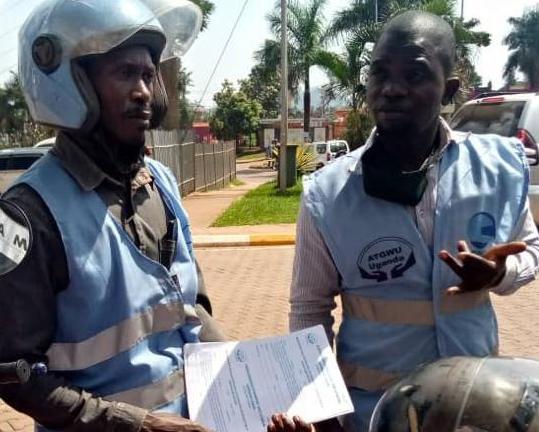A trade union guide to worker-led formalisation
WHAT REFORMS ARE BEING PROPOSED? Policies designed to reform public transport obviously differ from city to city, depending on local circumstances and political considerations, but there are some major common policies, encouraged by lending institutions.
NEW TRANSPORT INSTITUTIONS In many cities, planning and regulation of passenger transport is divided between numerous authorities and agencies – such as district, city-wide and county governments, different national ministries (roads, transport, local government), mayors and presidential offices, licensing authorities and lawenforcement agencies. There is clearly a need for reform and the coordination of urban passenger transport policy towards an integrated, efficient and sustainable public service. In most cases, lenders like the World Bank demand the establishment of a single, citywide agency with responsibility for urban passenger transport before they agree to fund development programmes. This can, however, create new problems, particularly the lack of democratic accountability and rivalries between the new agencies and elected bodies. While trade unions may have recognition and negotiation agreements with the government, there is no guarantee that this is extended to the new agencies. The new institutions also have an in-built bias towards neoliberal policy, expanding the role of the private sector.
The need to integrate policies… calls for the development of institutions that minimize jurisdictional and functional impediments to policy integration and allow for extension of the role of the private sector within an integrated strategy.’ World Bank. 2002. Cities on the Move: World Bank Urban Transport Strategy Review
FLEET RENEWAL Urban passenger transport in most cities of the global South is dominated by large fleets of old, fuel-inefficient and polluting vehicles, mostly second-hand and imported from rich countries. Cities are under pressure to replace these with modern, more efficient vehicles. The World Bank claims that in Cairo, Egypt, for example, the programme to renew the city’s ageing taxi fleet translated into savings of 350,000 US tons (317,515 metric tonnes) of greenhouse gases between 2012 and 2018. But it is recognised that to have a major impact across many cities:
The global community must jointly support efforts to implement sensible emission standards, and restrict the sale of outdated, polluting and unsafe used vehicles from developed to developing countries’. World Bank. Earth Day 2020: Could COVID-19 Be the Tipping Point for Transport Emissions? April 22, 2020 Governments are encouraged to replace public transport fleets with electric-powered vehicles (e-mobility).
“E-mobility is, at its core, a disruptive transition. That is a good thing. Transport’s share of global emissions continues to rise and “business as usual” will not achieve the results needed for meeting Paris Agreement targets.’ International Association of Public Transport (UITP)/World Bank. Electric Mobility & Development, December 2018 The UITP and the World Bank argue that the introduction of electric vehicles also presents new opportunities for the wider reform of public transport. It calls for governments to ensure that the strategic shift towards electric should have ‘public transport at its heart’, and ‘engage broadly, proactively, and continuously with different stakeholders’. Few would argue against the need for cleaner and more efficient vehicles, but the capital investment required for such forms of fleet renewal is beyond the reach of most small 14







